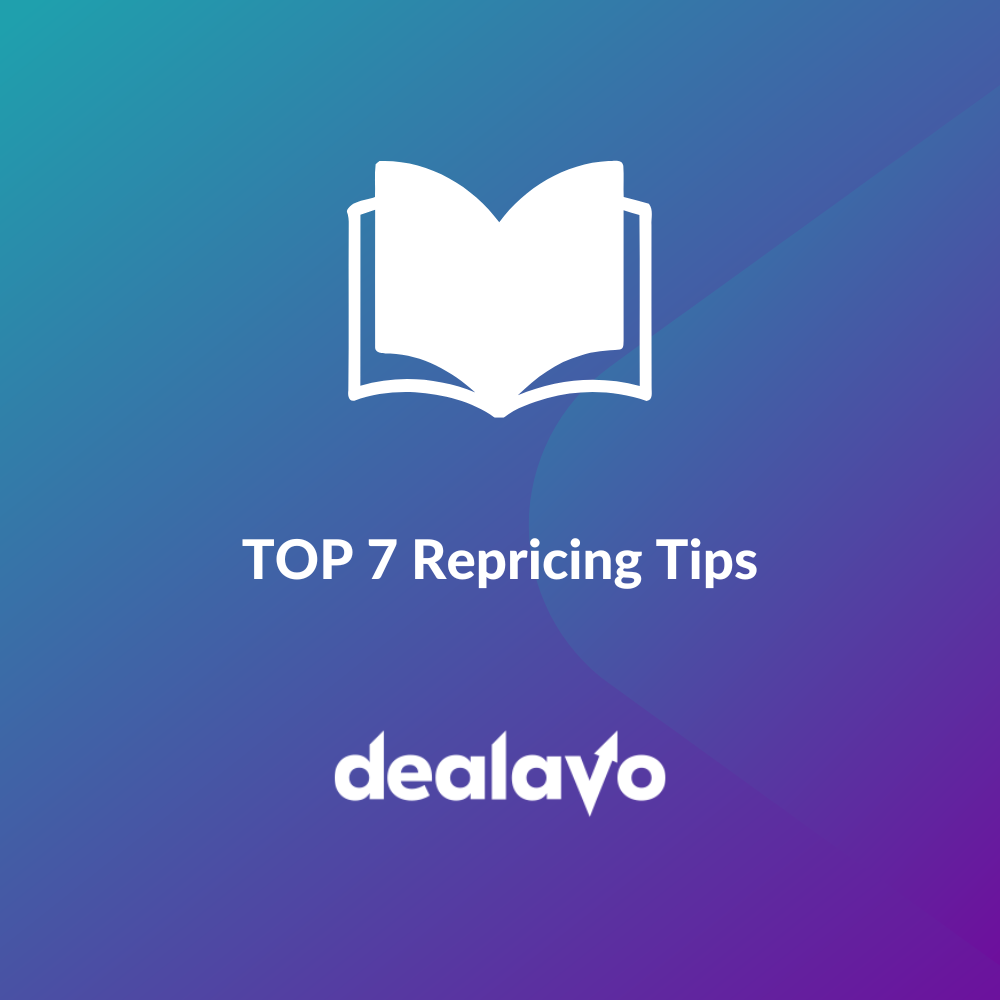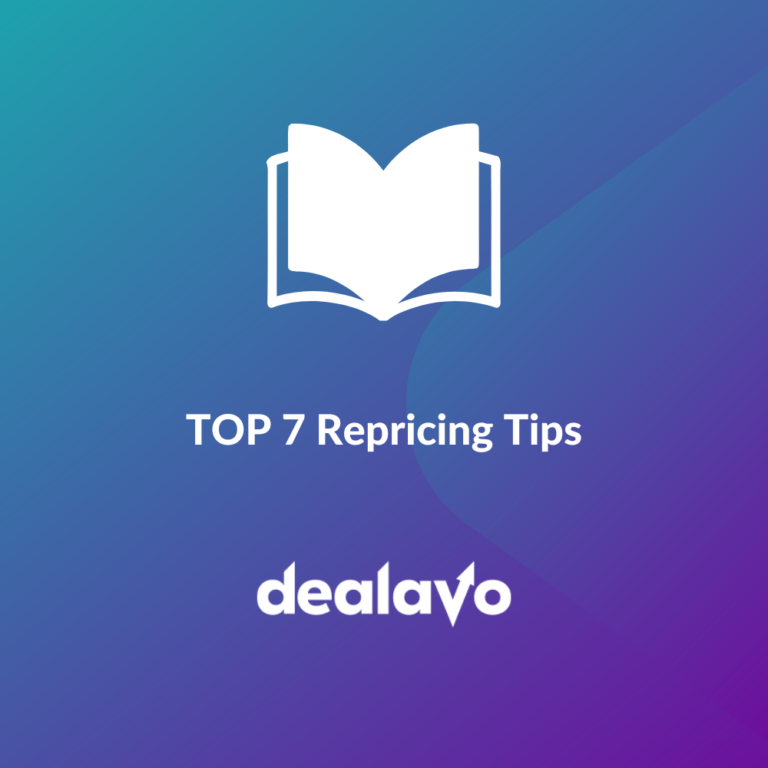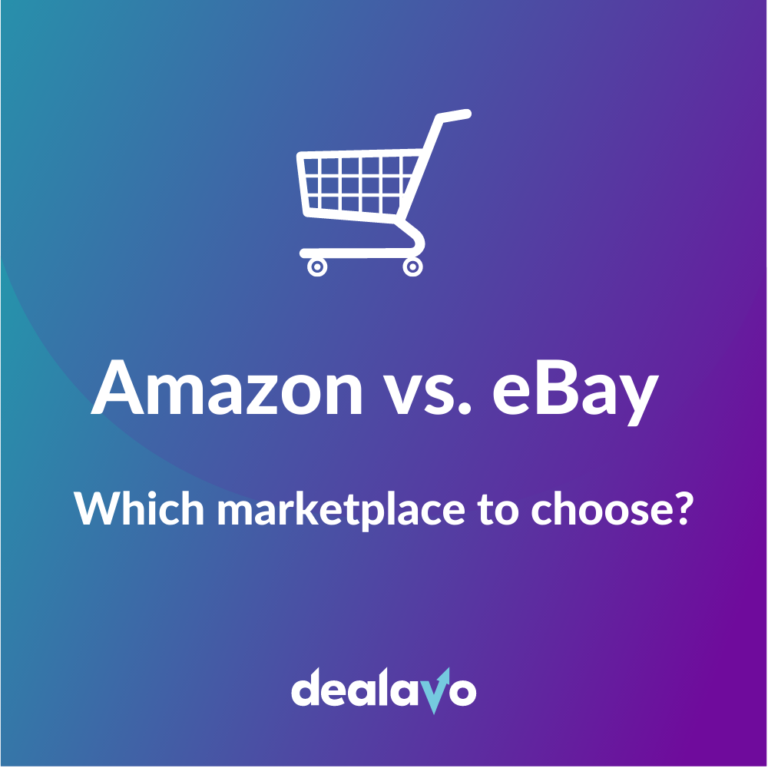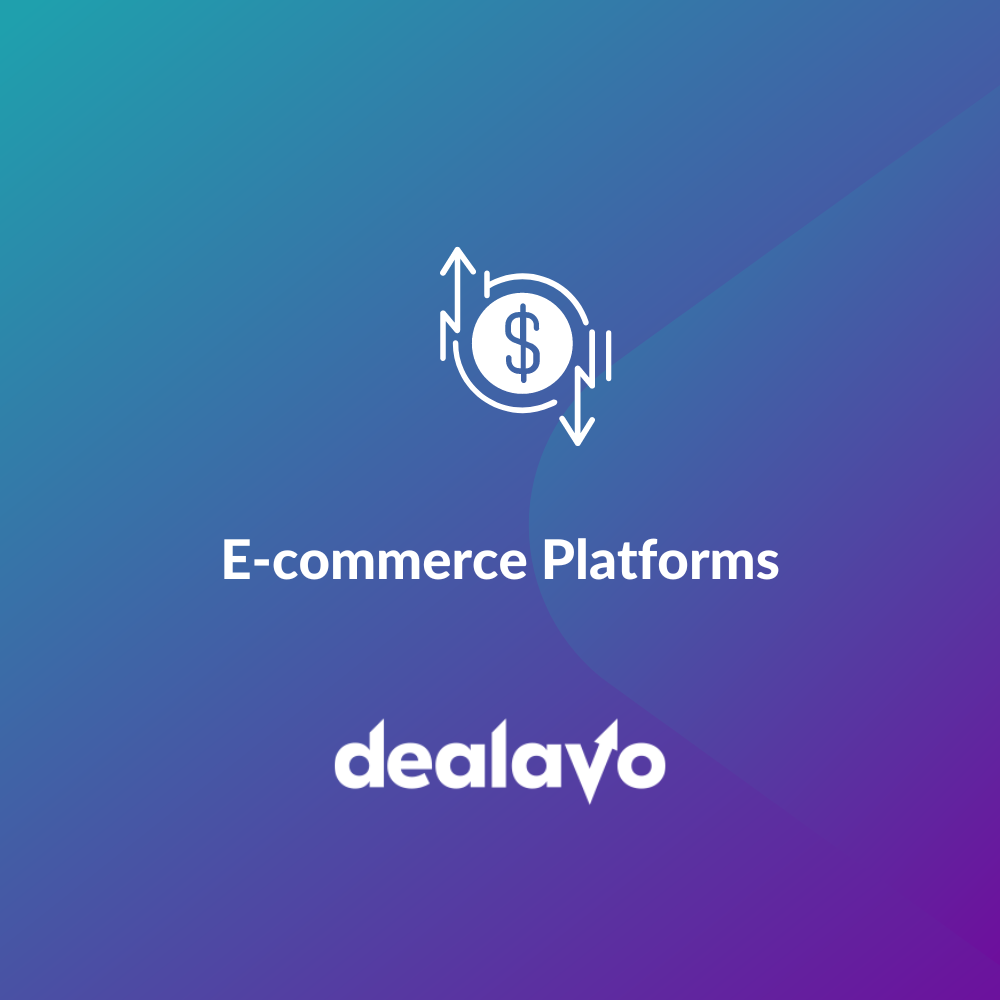
A Few Steps to the Success of Your E-shop: How to Effectively Launch a Product in a New Market
- 21 June 2024
Contrary to popular belief, launching a product in a new market can be defined, planned, and implemented much more quickly and effectively than we might think. It is important to approach this process methodically and have the right tools to maintain full control.
This article is based on the presentation “How to Manage Pricing to Optimise Margins: What I Would Do If I Were an E-commerce Manager?” by Amadeusz Bathelt, Product Manager at Dealavo. These insights were presented during the MadTechCommerce Meetup, which took place on 5th June in Warsaw. The event was a unique opportunity to delve into the growing role of technology in e-commerce marketing. After the presentation, we had the chance to exchange views with other attendees and received many positive comments about how valuable our case study was.
Therefore, if you missed this exceptional event, you can now read our article and discover the secrets of launching new products on the market. What exactly did we describe?
- How to effectively analyse the market and prepare for expansion?
- How to effectively monitor competitors’ prices always to stay ahead?
- How to use automation to optimise margins and leverage the potential of the market you want to enter?
- Which products to promote to increase ROAS and protect your margins?
To better understand the patterns that govern e-commerce, let’s consider a scenario where we want to introduce our product to a new market, such as the German market. Before starting an expansion into a new e-commerce market, it is necessary to conduct a comprehensive analysis of that market. In our case, we must consider many factors affecting a specific e-shop’s success.
Step 1: Assortment Analysis, Competitor Review, and Selection of Sales Platform
Before you take action, it is worth creating a plan.
The key steps include:
- Analysing your assortment.
- Assessing its sales potential.
- Verifying competitors.
- Selecting the appropriate sales platform.
Use the tools we will discuss in detail below.
Stages of Analysis:
- Checking Bestsellers: Using Google Merchant Center and Allegro Analytics, identify the most frequently purchased products.

- Verifying Sales Potential and Competitors: Utilise ad hoc reports in Dealavo to evaluate sales potential and competition.
We analyze comparison sites and marketplaces in your chosen market using EAN codes. Upload a file with the product list into Dealavo, and the entire analysis will be completed in just a few minutes, giving you the confidence in the data you’re working with.


Ad hoc report in Dealavo – data loading
Want to see how ad hoc reports work in Dealavo? Schedule a free demo.
3. Analysis of Aggregated Data:
As a result of the analysis, you will receive a file with data, revealing:
- Number of sellers,
- Names of sellers,
- Average prices,
- Minimum prices,
- Links to offers,
- List of all offers.
What Conclusions Can We Draw Using the Appropriate Tools?
- Google Shopping: 40% of searched products – no competition, it is worth selling here.
- Idealo: 80% of searched products – high competition, not worth selling here.
- Google: 20% – an opportunity to set higher prices and achieve higher margins, worth being present here.
- Idealo: 70% of lowest prices – competing for the lowest price, no point in competing here.
In summary, it is worth selling on Google Shopping, knowing that products X, Y, and Z are popular and can be competitively priced.
Step 2: Price Monitoring
Now that you know what and where you want to sell, it’s time to consider your pricing strategy. Deciding how you will monitor market prices and adjust them in response to competitor actions is crucial.

There are three possible scenarios:
- Do Nothing – Cost-Plus Strategy:
- In this strategy, prices are set based on the cost of production plus a markup without considering competitors’ prices. It is the simplest method but can lead to uncompetitive prices in the market.
- Manual Price Analysis and Adjustment:
- This involves manually monitoring competitors’ prices and adjusting your prices accordingly. It is time-consuming and prone to errors, especially with many products and sales channels. However, it allows for more precise reactions to market changes compared to the cost-plus strategy.
- Automation:
- Using tools like Dealavo for automatic price monitoring and analysis allows for quick responses to competitors’ price changes while minimising the risk of errors. Automation enables efficient and accurate control over pricing policy, which is crucial in a dynamic market environment.
The strategy you choose is up to you, but it is worth noting the benefits of implementing automation:
To illustrate this, we have prepared a simulation:
- On average, 5000 SKUs
- 3 sales channels
- Checking the price of one product takes 5 seconds
- How much time do you need to check the lowest prices of your entire portfolio once?
– 5000 SKUs * 3 channels * 5 seconds = 75,000 seconds
– 75,000 seconds / 60 = 1,250 minutes
– 1,250 minutes / 60 ≈ 21 hours per day
The simulation shows that manually checking prices would take 21 hours per day. With the right tool, this process is quick and eliminates human errors.
Customers often ask what else can be monitored in Dealavo besides prices. Below is the answer to that question. Here’s what and where you can monitor using our tool:
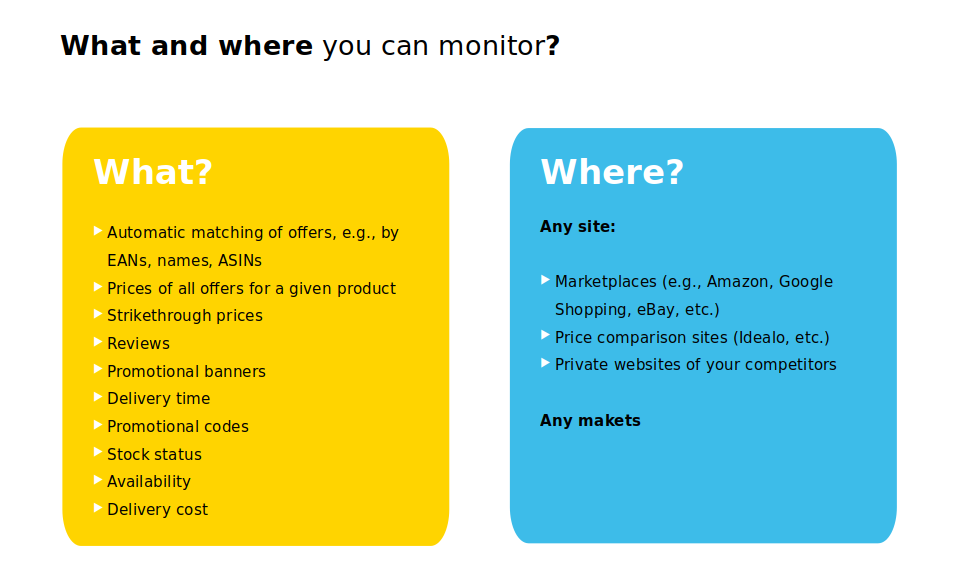
Interested in price monitoring with Dealavo?
Step 3: Automatic Repricing
With data on competitors’ prices at your disposal, it’s worth considering how to use this information to achieve success for your e-shop. Automatic repricing is invaluable in implementing your pricing strategy and significantly saves time. With full automation and easy integration with various e-commerce platforms such as IdoSell, BaseLinker, WooCommerce, Shoper, Shopware, Magento, Presta, via API, and custom integrations we offer, you gain a versatile tool based on reliable and valuable data.
What Repricing Support Does Dealavo Offer?
- Smart Repricing Rules: Automate price adjustments based on competitors. Enjoy immense flexibility in tailoring rules to your needs: set different rules for various platforms, competitors, and product groups.
- Strategy Support: Assistance in creating effective pricing rules.
- Operational Flexibility: Manage 20% of products manually, while 80% are handled automatically.
- Margin Optimisation: Efficiently manage your product portfolio, regardless of the number of SKUs.
Here are examples that perfectly illustrate the most common situations our clients encounter:
YOUR PRICES ARE TOO HIGH COMPARED TO COMPETITORS:

Adjust prices to become more competitive without sacrificing profit margins.
YOUR PRICES ARE TOO LOW COMPARED TO COMPETITORS

Increase prices strategically to maximise profits while remaining competitive.
By implementing automatic repricing, you can ensure your pricing strategy is dynamic and responsive, keeping you competitive in the market and optimising your profit margins.
Step 4: Advertising and Promotion
We know that advertising and promotion play a crucial role in an e-commerce strategy, bringing numerous benefits:
- Increasing sales
- Building loyalty
- Attracting new customers
- Standing out from the competition
- Quickly clearing out stock
How can you effectively utilise every pound spent? The key is wisely selecting products for promotion. In popular systems, you pay for every click leading to your store, but often, visitors only purchase if the price you offer is attractive to them.
It’s worth observing the strategies of major players who promote so-called Traffic Builders – products that attract traffic to the site. These products should have an attractive price and be popular with customers. Investing in their promotion can bring substantial benefits.
Of course, there is the issue of protecting your margin. When an attractive offer entices a customer to visit your store, it is crucial to guide them to purchase as many additional products as possible – specifically those with a high margin. The example below illustrates how popular items can act as traffic builders while other products increase basket value and help you achieve a high margin:
PROMOTE
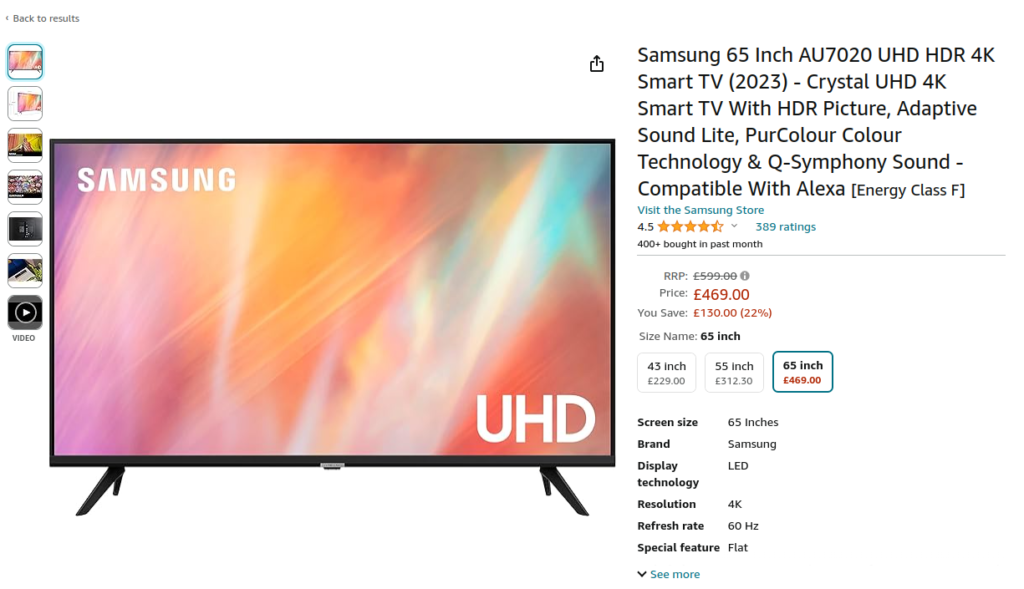
DO NOT PROMOTE

Before you start promotions, placing products on the matrix below helps identify the most strategic positions.
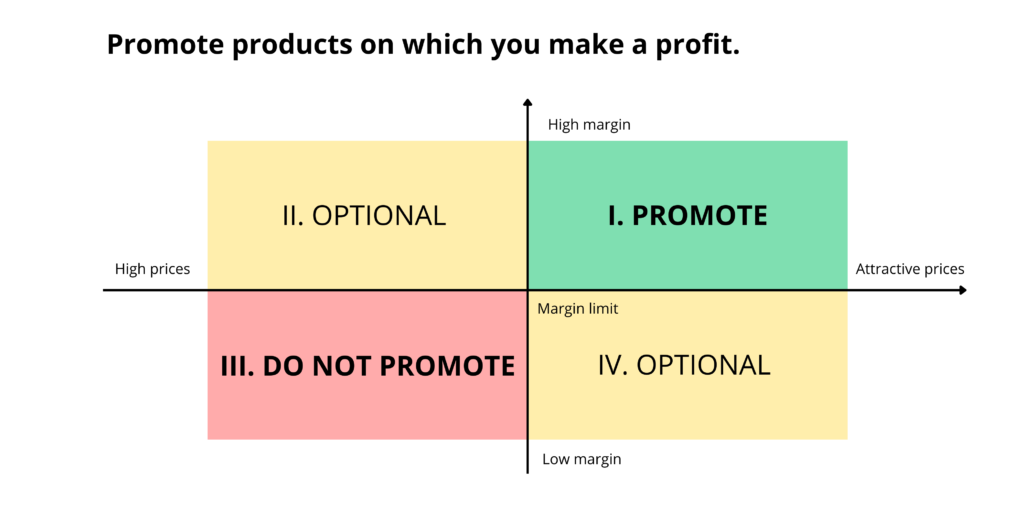
Summary:
You should always start with market and competitive environment analysis to enter a new market. Based on this, you can conclude and develop a solid action plan.
With a well-thought-out strategy, analytical tools, and automation, you can effectively manage your e-shop, optimise margins, and maximise market potential. The case study presented in the training shows how crucial it is to properly use available tools and technology to achieve success in a new e-commerce market.
How can Dealavo help you with this?
Ad-hoc reports: They allow for analysis of competition, assortment, and sales platform potential, as well as ongoing monitoring of market changes, and are helpful in expanding to new countries.
Access to the highest quality data: Thanks to double verification by algorithms and humans, our data has nearly 99% accuracy.
Time savings: Manual data review takes about 12 hours, while Dealavo tools automate this process within an hour.
Easy integrations: Our tool can be easily integrated with many e-commerce platforms. We support, among others: Shoper, Shopware, Presta, Magento, Idosell, BaseLinker, Woocommerce, API, and other dedicated integrations.
Automation of re-pricing processes: Minimizes human errors and allows for effective competition and profit maximization in a new market.
Optimization of promotional activities: Dealavo helps you discover which products are worth promoting and better manage your advertising budget.
If you want to see how Dealavo can help you grow your e-store, schedule a free demo now.
